The Best-Selling Farrow & Ball Paint Colors
Farrow & Ball paints have been beloved by designers and homeowners alike for years—since 1946, to be exact. Created by John Farrow and Richard Ball in Dorset, England, the company built its first factory in Verwood before moving it to nearby Wimborne, where they've crafted the paint ever since. It wasn't until some 50 years later in 1994 that Farrow & Ball appointed their first stockist to carry the brand, evidence of their rich tradition and commitment to quality.
The British paint company has long shown a commitment to giving back. Farrow & Ball generously donated paint to support the renovation of the American Ballet Theatre dancer lounge earlier this year. The lounge was graciously renovated and decorated by AD100 designer Dan Fink, whose favorite paint shade—Setting Plaster, a blushing blend of pink and yellow tones—happens to be made by Farrow & Ball. And this past winter, Farrow & Ball partnered with DIFFA: the Design Industries Foundation Fighting AIDS to launch Windows By Design. The program enlisted 14 designers to decorate windows in Farrow & Ball stores around the country to raise awareness for AIDS/HIV and encourage passersby to join the fight to find a cure. The windows were unveiled on World AIDS day, December 1st, and the company donated $1 to DIFFA for every post on social media tagged #FaBforDIFFA.
Farrow & Ball is beloved by designers around the globe—just ask New York designer Katie Ridder, whose favorite shade is Stone Blue. "It's dramatic, complex, and, when used with a high-gloss finish, it brings a certain brightness to a room," she says. "I love that it’s not your typical blue—the little bit of red it has makes it unique. For that reason, it pairs especially well with other warm colors, like reds, yellows, and oranges." For those who may prefer a more neutral shade rather than one that pops, we've consulted Charlotte Cosby, head of creative for Farrow & Ball, about popular shades from different color groups.

Wimborne White 239
"This just off-white is named after the market town of Wimborne in Dorset, which is home to Farrow & Ball. Only a shade away from a pure white, the addition of the smallest amount of warm yellow pigment creates a very versatile shade which is just a little softer than All White. The most popular colors from the carefully curated selection of Farrow & Ball paints are from our neutral group and include Wimborne White, All White and Pointing. These three colors are popular worldwide and work well in all styles of homes," says Cosby.

All White 2005
"All White is exactly what it says! Unusually, it contains no other pigment except for white, creating the softest most sympathetic color without the colder blue undertones of a brilliant white. One of our Contemporary Neutrals, All White pairs seamlessly with Skimming Stone and Strong White for a warm scheme with a slight edge."

Pointing 2003
"This fresh and uncomplicated white is named after the color of lime pointing used in traditional brickwork. One of our Red Based Neutrals, Pointing has a warm undertone to it which creates the prettiest of spaces when used on walls and always softens the feel of a room alongside strong, traditional colors."

Strong White 2001
"This cool white is both strong by name and strong by nature. One of our Contemporary Neutrals, the subtle urban feel of its light gray undertones add a contemporary twist to period homes, while staying in keeping with modern properties. We are also seeing soft grays such as Strong White, Cornforth White, and Skimming Stone increase in popularity as the more relaxed, Scandinavian style of living also increases in popularity."

228 Cornforth White
"Cornforth White is the mid-tone in the group of Easy Neutrals which are totally understated and extremely versatile. Neither too warm nor too cool, Cornforth White sits contentedly between Ammonite and Purbeck Stone to create a hushed and calming retreat."

Skimming Stone 241
"This stony off-white takes its name from a 19th century skim, or plaster color, but often reminds us of childhood afternoons skimming stones. With its warm light gray undertones, Skimming Stone is extremely versatile and particularly suited to soothing bedroom schemes. One of our Contemporary Neutrals, it sits with the lighter Strong White and darker Elephant's Breath for a clean and contemporary look, but can also be used in a darker statement scheme alongside Pelt or London Clay."

26 Down Pipe
"Down Pipe, a dark lead gray, has definite blue undertones to it which deepen the complexity of the finish. Originally inspired by the color used to paint downpipes and guttering, it has been embraced for use inside the home with fanatical zeal! This daringly dark hue is fabulous as a background to art, and extremely effective for use in halls to create a deeply dramatic entrance to the home. We’re seeing more and more customers opt for dark colors to be used as a new neutral, therefore colors such as Down Pipe, Railings, and Stiffkey Blue are performing quite well"

Railings 31
"More blue than black, Railings is a softer alternative to black which is particularly suited to the ironwork it takes its name from. When used in Full Gloss on front doors, it creates a handsome and commanding entrance, but becomes much more relaxed in feel in our Estate Eggshell finish. The bluer undertones of this dark hue transform rooms into dramatic and enveloping interior spaces."

Stiffkey
"This inky blue is named after the Norfolk beach where the mud, along with the cockles, share a particular deep navy hue. Although traditional in feel, Stiffkey Blue is often used as an alternative to Down Pipe to create a richly dramatic space with a more contemporary finish. When used in well-lit areas of the home it will appear much bluer, and works wonderfully when contrasted with Ammonite."

